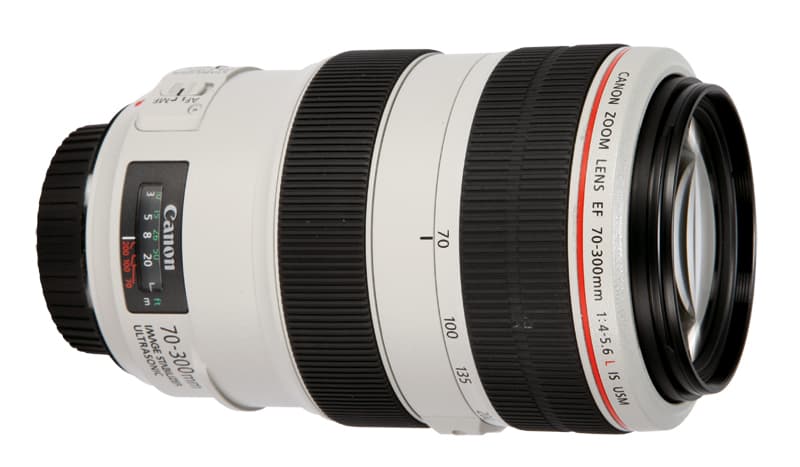Image sharpness, quality and resolution
The sweet spot of the lens is between f/11 and f/16, and sharpness is consistent from 70-200mm here, only falling slightly towards 300mm. The maximum apertures of f/4-5.6 also stay sharp throughout, but values smaller than f/22 become very soft and are best avoided.
Across the range, the 70-300mm lens is just as sharp as the 70-200mm control lens at both the 70-300mm’s maximum aperture and at f/11, which is very impressive. However, the 70-200mm optic keeps more sharpness at smaller apertures, especially at 70mm.
There is some slight barrelling at the wide end and pincushioning at the telephoto end, but not to an alarming degree. Towards the edges of the frame there are also some signs of chromatic aberrations, but these are minor and easily corrected.
Image stabilisation is very effective in the lens and I could certainly achieve an extra 3 stops when shooting with a fairly steady hand.
Resolution

We placed the EF 70-300mm f/4-5.6L IS USM on a Canon EOS-1Ds Mark III body and shot our standard test chart. Images were then taken at a range of focal lengths and apertures. The EF 70-200mm f/2.8L IS was also used on the same camera body to show a comparison for the image quality at each aperture.







